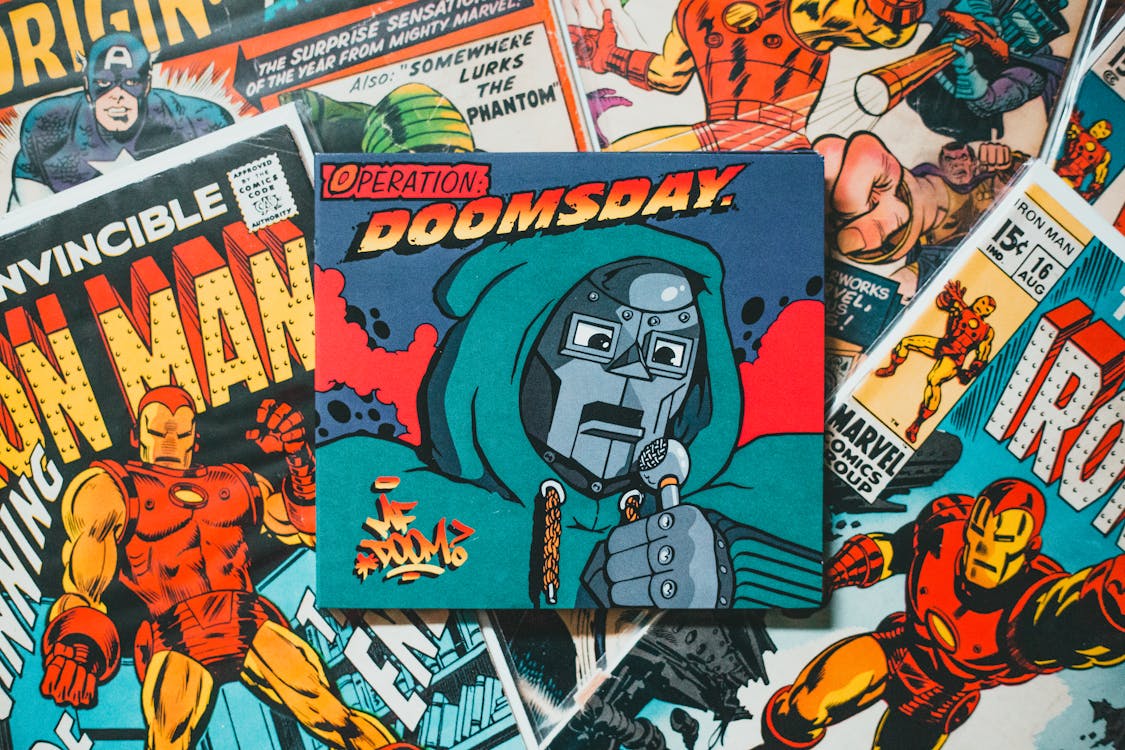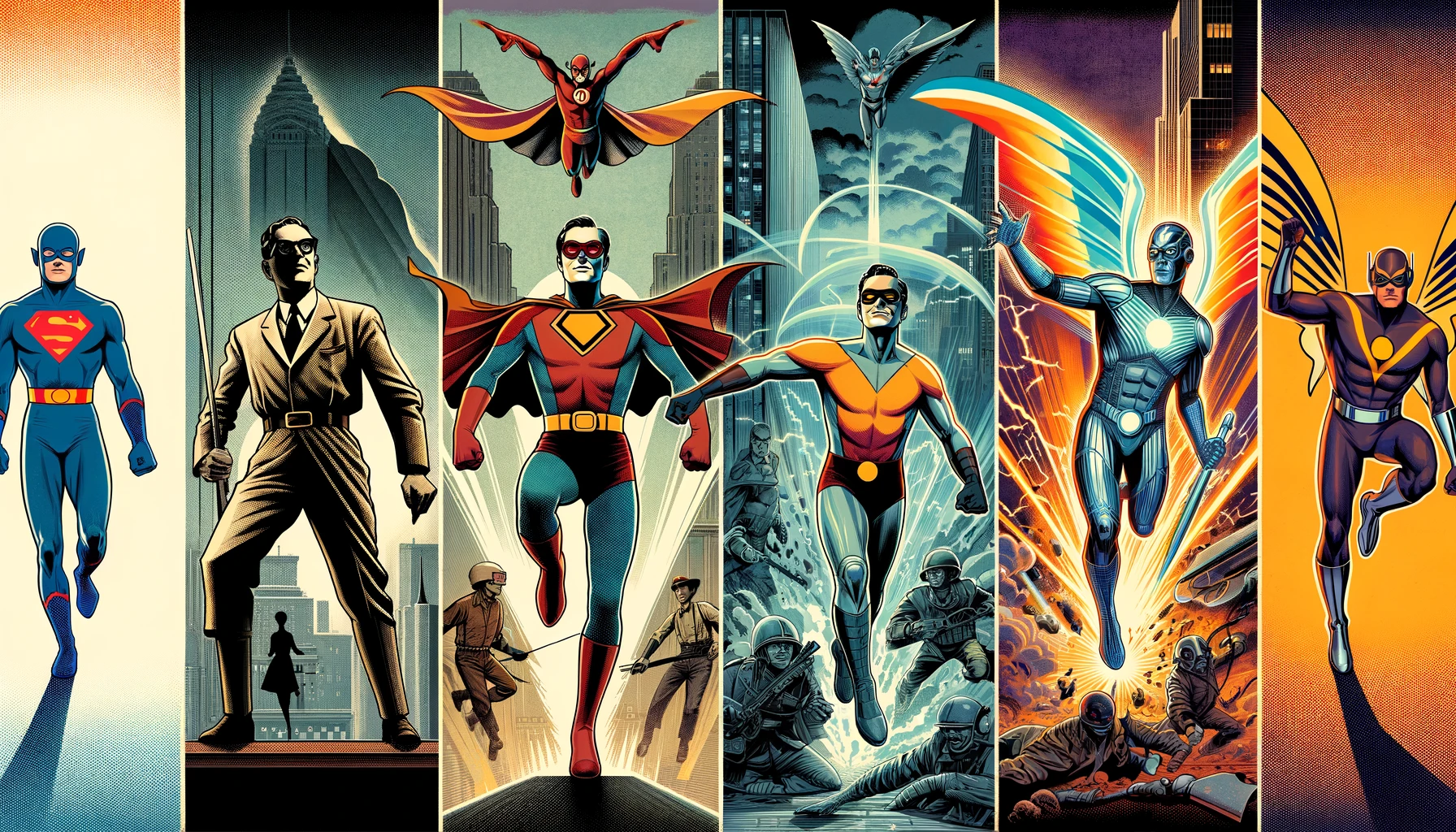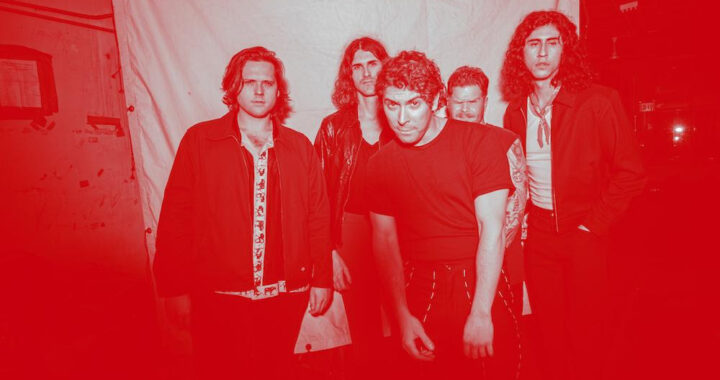
From Medieval Warriors to Webcomics: The History of Spanish Comics
When comic books come to mind, one might immediately think of major American publishers such as Marvel or DC Comics. However, it may come as a surprise that Spanish comics, known as “historietas” or “tebeos,” are incredibly popular in the Hispanosphere, encompassing over 20 Spanish-speaking countries. This has been the case for a significant period of time. In this article, we will explore the world of Spanish comics, from their medieval European origins to their survival under Francisco Franco’s censorship in the 1940s and 50s. We will also delve into their decline at the turn of the century and make predictions for the future of the industry.
Spanish Comic Books: Tracing Roots to the 13th Century
Did you know that Spanish comics have been around for over 700 years? The Cantigas de Santa Maria, published in the latter half of the 1200s, is considered the precursor to Spanish comics. However, this was not the typical superhero and villain comic book you might imagine, but a collection of poems with musical notations and illustrations of medieval warriors, making it the first comic book in the Spanish language.
The first proper comic book series to gain widespread popularity in the Spanish-speaking world emerged centuries later. While historians continue to debate which release was the very first, the satirical La Flaca magazine, which ran from 1869 to 1876, was among the earliest. It was not until 1917 that the Spanish comic book industry truly took off with the introduction of TBO magazine. For nearly 80 years, TBO was published in Barcelona and became synonymous with Spanish comics. In fact, the Spanish word for comic books, “tebeos,” originated from the phonetic adaptation of TBO.
Spanish Comics Navigate Franco’s Censorship
Following the Spanish Civil War, Francisco Franco established a strict dictatorship that heavily censored all media, including comic books. Superhero comics were forbidden, and creators had to abandon some of their most beloved characters. However, publishers found ways to continue producing comics. Instead of superheroes, they focused on historical figures from Spain’s past, which allowed them to maintain their creative freedom while avoiding censorship.
This approach gave rise to popular comics like Manuel Gago’s El Guerrero del Antifaz (1944) and Victor Mora’s Capitan Trueno (1956). Around the same time, Spanish publishers began creating humorous comics featuring frivolous characters with no political or historical focus. These publications were also approved by the censors and were well-received by the public.
One such comic was Mortadelo y Filemón, which eventually became the most popular comic in Spain. The comic’s popularity spread beyond Spain, becoming a cult classic in Latin America and inspiring adaptations such as an English-language animated TV series, Spanish-language movies, and video games. Additionally, the comic book’s comedic characters have been a source of inspiration for casino games similar to those found at drjuego.com. Initially, a slapstick comedy publication, Mortadelo y Filemón evolved into political satire after Franco’s death.
The Rise, Fall, and Revival of Spanish Comics
After Franco’s death and the democratization of Spain, the censorship of comic books was lifted. However, this period also marked the downfall of Spanish comics, which by the beginning of the 21st century had become a niche industry. This decline was attributed to the emergence of other media forms, such as the booming Spanish film industry, which led to a shift in people’s entertainment preferences from reading comics to watching movies and TV shows. Additionally, the rise in popularity of video games played a part in the decline of “tebeos”.
Fortunately, there has been a revival of interest in Spanish comics in recent years. The Internet has made it easier for fans to obtain and read vintage versions online, and many new artists have begun developing and releasing their comics for free on the Internet. The rise of comic book conventions in Spain has also contributed to the rekindled interest in Spanish comics. These conventions let artists and fans connect and share their passion for the medium. They provide opportunities for fans to meet and purchase original artwork, comics, and merchandise from their favorite creators. They also give emerging artists a place to showcase their work and interact with potential fans and publishers.
Another aspect contributing to the comeback of Spanish comics is the Spanish government’s acknowledgment and backing. The Spanish Ministry of Culture has boosted its financing for the arts, including comics, in recent years. This has enabled artists and publishers to gain more financial backing for their projects while also reaching a larger audience. In recent years, Spanish comics have garnered international attention and success. Many Spanish artists and authors have been nominated for and won significant international accolades, including the Eisner Award and the International Comics Festival in Angoulême. This has increased the visibility and popularity of Spanish comics worldwide.
Final Thoughts
Spanish comics have a rich and fascinating history dating back over 700 years, and their journey has been marked by periods of censorship, survival, decline, and revival. Despite facing numerous challenges, the industry has managed to overcome them with creative solutions, and it continues to evolve and adapt to the changing times. The revival of Spanish comics in recent years has shown that the medium is far from dead and has introduced them to a new generation of readers. With the backing of the Spanish government and international recognition, the future looks bright for Spanish comics, and we can expect to see exciting new developments in the coming years.
Author Profile
Latest entries
 ColumnsMay 6, 2024A Comprehensive Evaluation of the Premier Online Betting Service, Casinonic
ColumnsMay 6, 2024A Comprehensive Evaluation of the Premier Online Betting Service, Casinonic ColumnsApril 30, 2024Igniting Your Child’s Love for Star Wars: A Parent’s Guide
ColumnsApril 30, 2024Igniting Your Child’s Love for Star Wars: A Parent’s Guide Comic Book NewsApril 30, 2024The Links Between Comics and Casinos
Comic Book NewsApril 30, 2024The Links Between Comics and Casinos Comic BooksMarch 18, 2024The Evolution of Superheroes: A Journey Through Comic Book History
Comic BooksMarch 18, 2024The Evolution of Superheroes: A Journey Through Comic Book History









